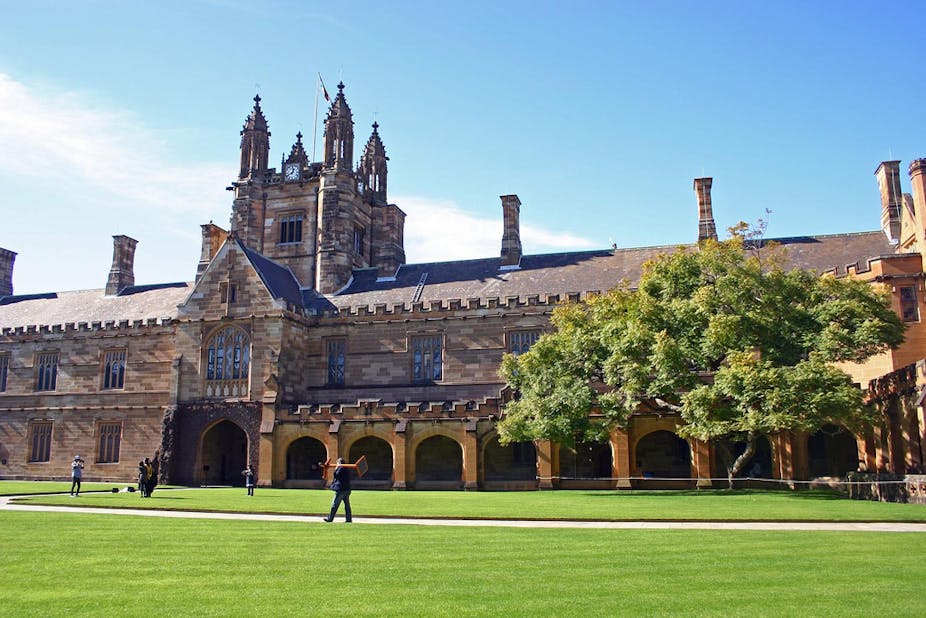Implementing the vision of a government report that called for more university funding could boost Australia’s national productivity levels by 5.6% by 2040, according to a study commissioned by a university sector lobby group.
The study, released today by Universities Australia, also estimated that implementing the recommendations of the 2008 Bradley Review could add 6.4% to Australia’s GDP.
The Bradley Review, also known as the Review of Australian Higher Education and chaired by Professor Denise Bradley, called on the government to increase the base funding for teaching and learning in higher education by 10% from 2010 and “ensure that funding levels remain internationally competitive”, as well as a suite of other reforms.
“Full implementation of the landmark Bradley Review of Higher Education can do more for GDP and living standards growth than any other single publicly identified and costed reform,” said Universities Australia chief executive, Dr Glenn Withers.
The report estimated that the payoff from implementing the Bradley Review’s vision would be “significantly higher than other productivity enhancing initiatives, such as the 2% GDP payoff from the $36 billion National Broadband Network, and the 0.07% GDP payoff from the Henry Tax Reform proposals.”
Dr Withers said other reform proposals, including workplace reform, superannuation changes, free trade agreements, schools and health reform “are valuable but each add less”.
Boosting investment in higher education could lead to a smarter and more skilled workforce and a more even distribution of wealth, reducing the problem of a two-speed economy in which some sectors boom while others struggle.
“The cumulative net benefit to the public purse from the Bradley reforms taken forward over the period 2010-2040 would be a projected $325.5 billion. This is the public funding needed for Australia’s major needs of the future,” the Universities Australia report said.
Minister for Tertiary Education, Chris Evans, said that the Universities Australia report “confirms that the Government’s investment in higher education will continue to pay a productivity dividend in the years to come.”
“Expanding the reach of Australia’s higher education system is central to the Government’s productivity agenda. This century, the Australian economy will increasingly need highly-skilled and creative workers with higher education qualifications,” he said.
“That’s why we’ve invested so strongly in higher education and why we’ll continue to do so.”
Professor John Quiggin from the School of Economics at University of Queensland said that while precise estimates of GDP or productivity boost must be taken with a grain of salt, “the general point that improvements in education have a higher payoff than either investments in physical infrastructure or microeconomic reforms is a well-established finding in the literature on economic growth.”
“It is unfortunate that Australian policymakers are still obsessed with policy ideas from the 1980s (microeconomic reform) or even from the 1950s (physical infrastructure),” he said.

